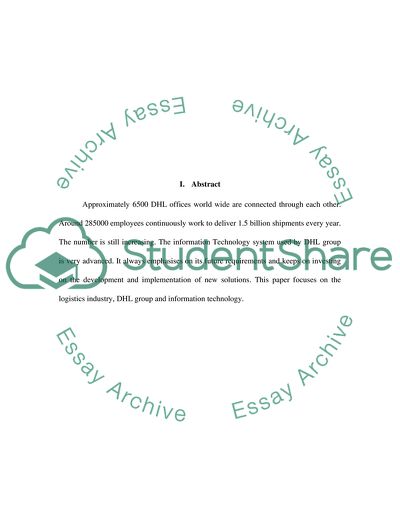Cite this document
(“Information Technology in Logistics Industry Essay”, n.d.)
Retrieved from https://studentshare.org/technology/1535851-information-technology-in-logistics-industry
Retrieved from https://studentshare.org/technology/1535851-information-technology-in-logistics-industry
(Information Technology in Logistics Industry Essay)
https://studentshare.org/technology/1535851-information-technology-in-logistics-industry.
https://studentshare.org/technology/1535851-information-technology-in-logistics-industry.
“Information Technology in Logistics Industry Essay”, n.d. https://studentshare.org/technology/1535851-information-technology-in-logistics-industry.


